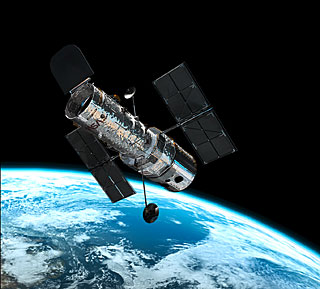CarlTN said:
Sorry to quote out of context, but this is directly contrary to what Lensrentals found when they tested the Zeiss 25mm f/2. They found it was not all that sharp, and I assume tested several copies.
Hi Carl -
I respect Roger C's knowledge. Nevertheless, LR did a test to find the best lenses for the D800E. Per LR's test the 25/2 is the sharpest lens they have at that focal length... In a different blog post, Roger comments that it may not be the best choice for landscape use. These comments are not consistent with one another. I've also compared RC's results with Lloyd Chambers (
www.zeissguide.com - you pay for what you get) and Lloyd's at odds with Roger's assessment.
I guess the only way to check this rigorously is to piggyback my 5D2 and a couple of lenses on my (Tak) mount, focus carefully and shoot some images. Predictably, Toronto will be getting wall-to-wall rain all weekend (and I just realised my camera is still at Canon.)
So it's time for navel gazing....
I'm generally quite loath to believe what manufacturers claim - measurements are adverts and the conditions are carefully chosen for maximum effect. Subject to this caveat, here's the spec sheet....
http://lenses.zeiss.com/camera-lenses/carl-zeiss-camera-lenses/camera_lenses/slr-lenses/distagont225.html.
When stopped down to f/4, the 25/2 is supposed to achieve better than 70% contrast (at 40 lp/mm over an 36 mm diameter disc.)
Translation - At f/4, this lens can reproduce 40 x 36 = 1440 off-to-on-to-off transitions with a contrast of at least 70% over the width of a 135 sized sensor. Mild sharpening in pp can easily improve the contrast if needed.
Stars are essentially points. Assume visible light and f/4, then the smallest disc possible is about 2.4 microns fwhm. Thanks to AA filters, our cameras can really only resolve about 2 pixels, or say 12 microns. Camera lenses don't need to be diffraction limited. This is why I can afford them.
Anyway - the 25/2 easily allows resolution of about 2880 transitions in 36 mm, or 80/mm. This means the resolution width is 12.5 microns. Now the camera can only see 12.5 microns so the 25/2 lens is capable of filling the camera's resolution over the 36 mm disc with 70% or better contrast...
Focusing to this level is achievable - motion of the lens through 10 microns on either side of focus degrades resolution by ~20% . A good loupe and magnified live view make it easy.
For astrophotography - it pays to focus the lens at about halfway to the edge. This helps to deal with focal plane curvature.
Ok - to close my comments on this - If you study the corresponding data sheet for the 21/2.8
http://lenses.zeiss.com/content/dam/Photography/new/pdf/en/downloadcenter/datasheets_slr/distagont2821.pdf, you will notice that the 25/2 at f/4 is about comparable with the 21/2.8 at f/5.6. If the 21/2.8 lens is legendary, it is (IMO) barely in the same league as the 25/2, 50/2 and - going by reports - 135/2.


